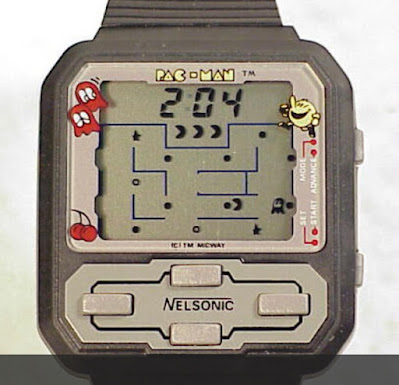More on Bread Baking
I just want to throw in a few more little tidbits that might help your first attempt a little bit.
The temperature of the water needs to be just slightly warmer than you would make a baby's bottle.
After you stir the sugar and salt into the water, sprinkle the yeast in a single layer on the surface of the water, set the timer for 10 minutes, and walk away. Don't stir it or shake it or blow on it. Just walk away. The yeast will double. This how you *proof* the yeast. AFTER THAT add the oil.
This method takes a lot of flour. If you have less than a full bag a of flour, don't attempt it. You will end up using that bag of whole wheat flour that is sitting in the back of you cupboard and it is much more simple to do your first attempt with white flour. I'm not saying you can't, but you'll be happier during the kneading process if you stick with white.
During the first rise, cover it with a kitchen towel and walk away. My first batch took a long, long time to rise. It is all contingent on the weather, the yeast, the temperature of the water, the mood of the dough... You will know it has risen enough when you press two fingers into the top of the dough and it doesn't even attempt to mend itself.
If you have a lot of activity in your kitchen, you may want to tuck it inside the oven, away from movement and curious fingers. If it is cold in your house, you can turn the oven on to the lowest setting while you are preparing the dough, and then shut it off to allow for a warm place to rise.
When it is big enough, punch it down, divide the dough and put it in the pan. You can refrigerate or freeze the dough at the point, or cover it and let it rise again.
I bake mine at 350 degrees. 15 minutes for rolls, about 20-25 minutes for bread, I think. If you bake it too long, it will dry out very quickly the next day. I just watch it and when it starts to brown, I start knocking on it to see if it's hollow.
Happy baking!!!
The temperature of the water needs to be just slightly warmer than you would make a baby's bottle.
After you stir the sugar and salt into the water, sprinkle the yeast in a single layer on the surface of the water, set the timer for 10 minutes, and walk away. Don't stir it or shake it or blow on it. Just walk away. The yeast will double. This how you *proof* the yeast. AFTER THAT add the oil.
This method takes a lot of flour. If you have less than a full bag a of flour, don't attempt it. You will end up using that bag of whole wheat flour that is sitting in the back of you cupboard and it is much more simple to do your first attempt with white flour. I'm not saying you can't, but you'll be happier during the kneading process if you stick with white.
During the first rise, cover it with a kitchen towel and walk away. My first batch took a long, long time to rise. It is all contingent on the weather, the yeast, the temperature of the water, the mood of the dough... You will know it has risen enough when you press two fingers into the top of the dough and it doesn't even attempt to mend itself.
If you have a lot of activity in your kitchen, you may want to tuck it inside the oven, away from movement and curious fingers. If it is cold in your house, you can turn the oven on to the lowest setting while you are preparing the dough, and then shut it off to allow for a warm place to rise.
When it is big enough, punch it down, divide the dough and put it in the pan. You can refrigerate or freeze the dough at the point, or cover it and let it rise again.
I bake mine at 350 degrees. 15 minutes for rolls, about 20-25 minutes for bread, I think. If you bake it too long, it will dry out very quickly the next day. I just watch it and when it starts to brown, I start knocking on it to see if it's hollow.
Happy baking!!!



Comments
Post a Comment